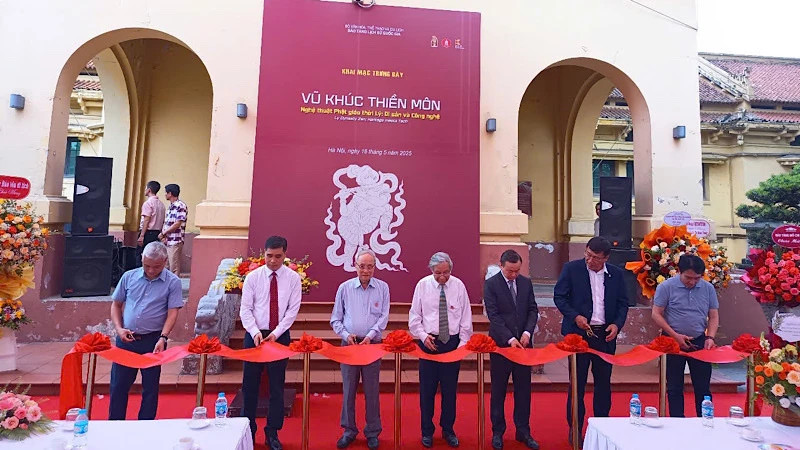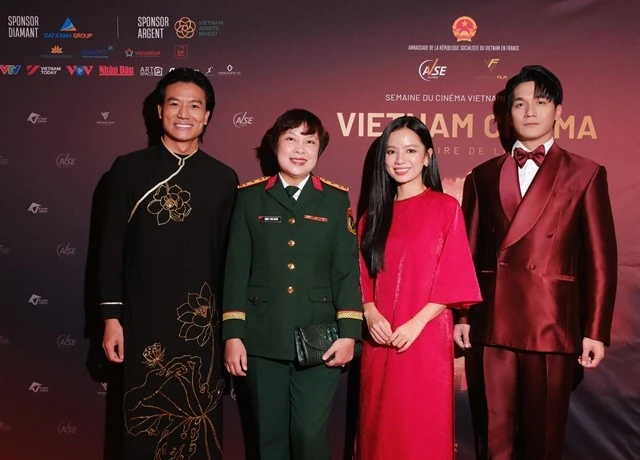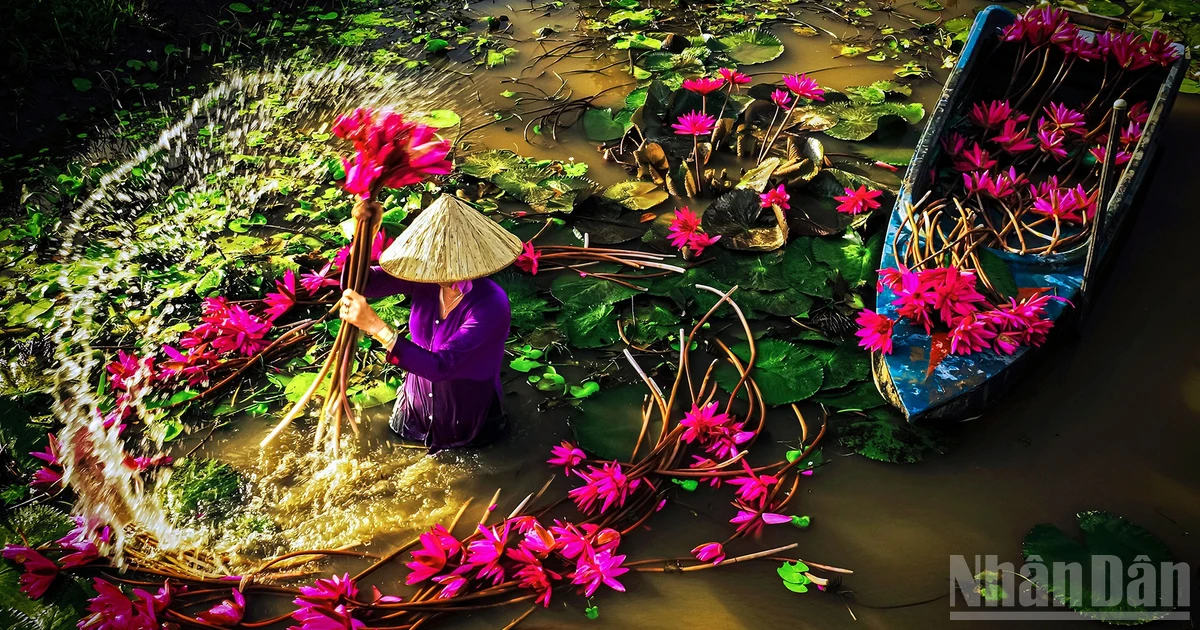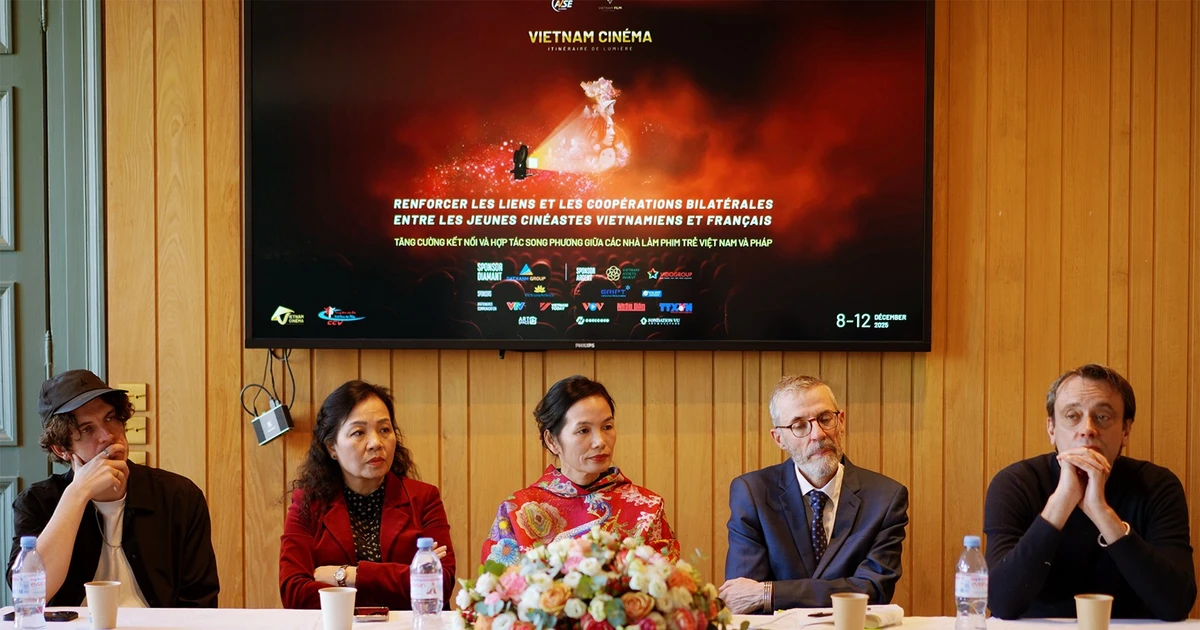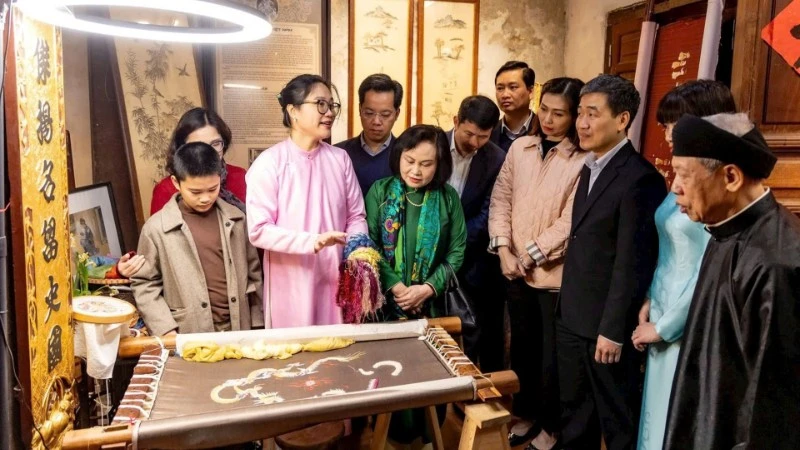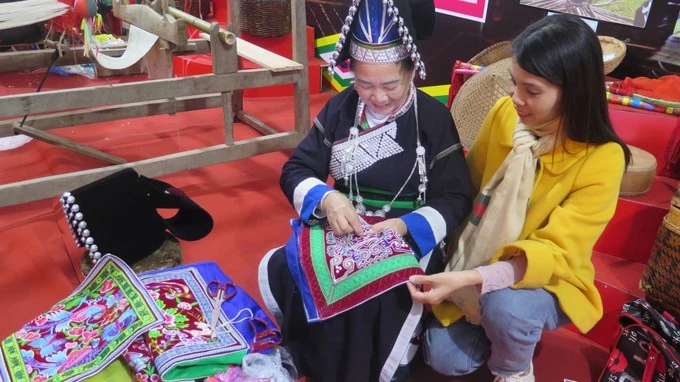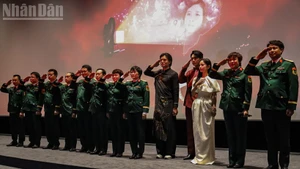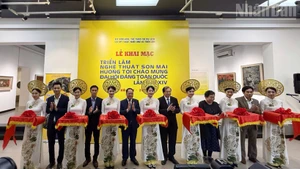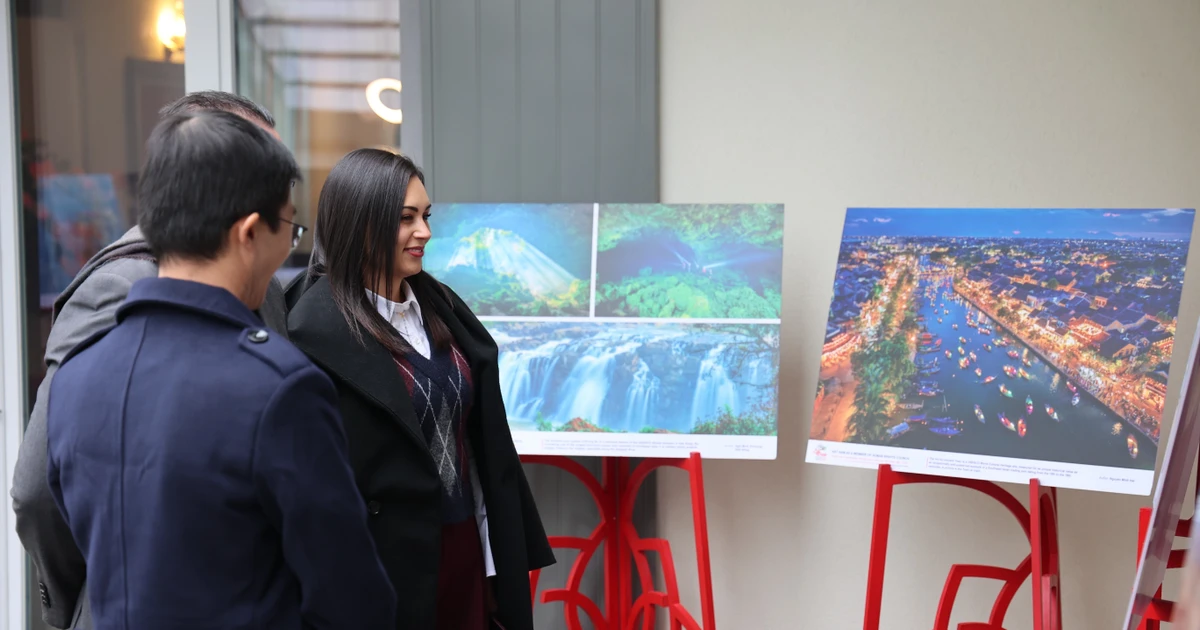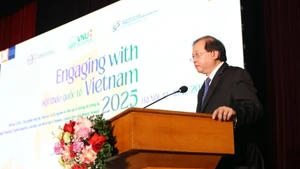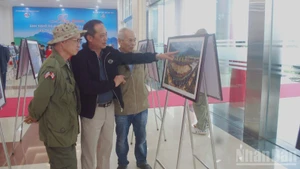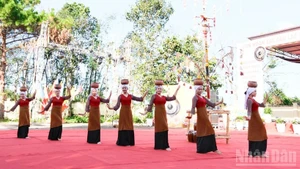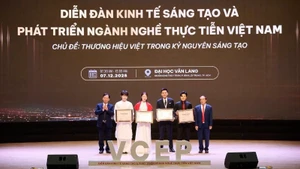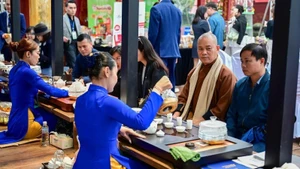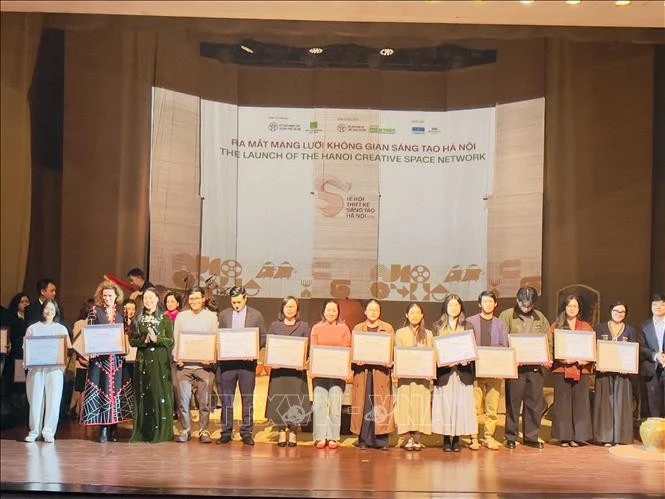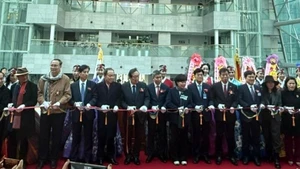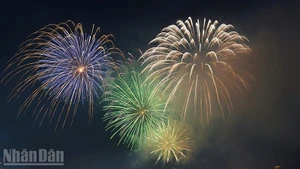The exhibition showcased 14 typical artefacts selected from the Buddhist heritage of the Ly Dynasty, currently preserved at the National Museum of History, containing the most distinctive values of Ly Dynasty Buddhist art.
Buddhist art of the Ly Dynasty (11th-13th centuries) represents the pinnacle of Dai Viet fine arts, a unique combination of Zen Buddhism spirit and indigenous culture, court and folk art, creating a distinctive style.
The exhibition introduces four typical art forms, including Pagoda and tower architecture, sculpture, ceramics, music and dance.
Regarding pagoda and tower architecture, Buddhism flourished during the Ly Dynasty (1009-1225) and was highly valued and developed by the court. Prominent were the “national pagodas” built, such as the One Pillar Pagoda, Bao Thien Tower, Dam Pagoda, Phat Tich Pagoda, and Long Doi Pagoda.
The Ly Dynasty pagoda and tower architecture were not only religious structures but also artistic works expressing Buddhist philosophy and advanced techniques, imbued with Vietnamese identity while demonstrating the assimilation of foreign cultural elements.
The Ly Dynasty Buddhist sculpture peaked with a harmonious combination of Zen Buddhism, court art, and folk culture, creating a style that was both elegant and majestic, sacred and approachable. Ly Dynasty sculptures, with techniques of creating round statues, reliefs, high reliefs, and openwork carvings, were shaped softly, gracefully, balanced, harmonious, and highly stylised while retaining natural features.
Ceramics in the Ly Dynasty Buddhist art included white ivory glaze, brown glaze, brown flower glaze, and celadon glaze. The main decorative techniques were incised carving, monochrome glazing, moulding, and appliqué, with characteristic Buddhist-related patterns: lotus flowers, scrolling chrysanthemums, phoenixes, dragons, and dancers.
The exhibition will run until the end of July 2025 at the National Museum of History, at No.1 Trang Tien Street, Hoan Kiem District, Ha Noi.
